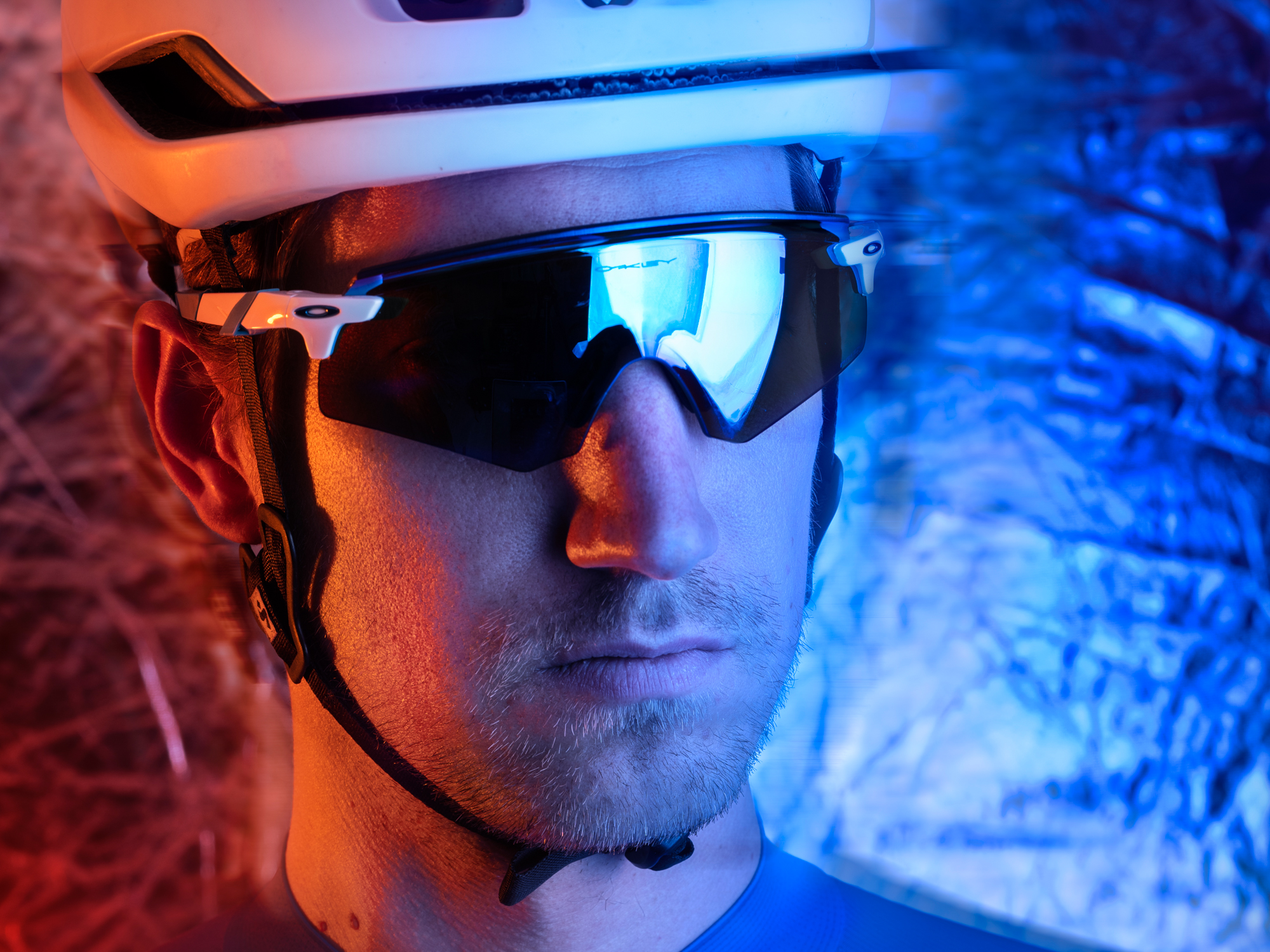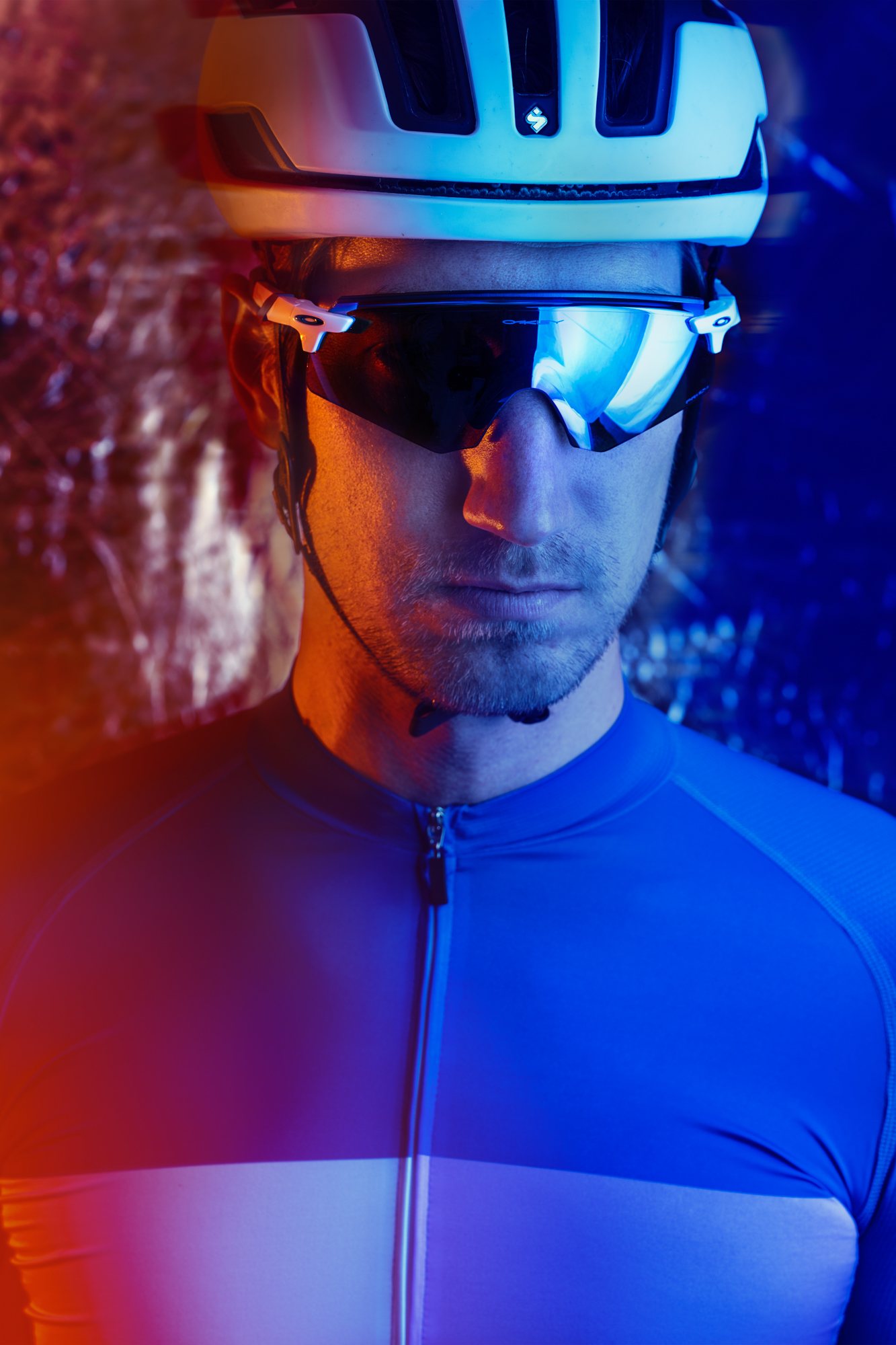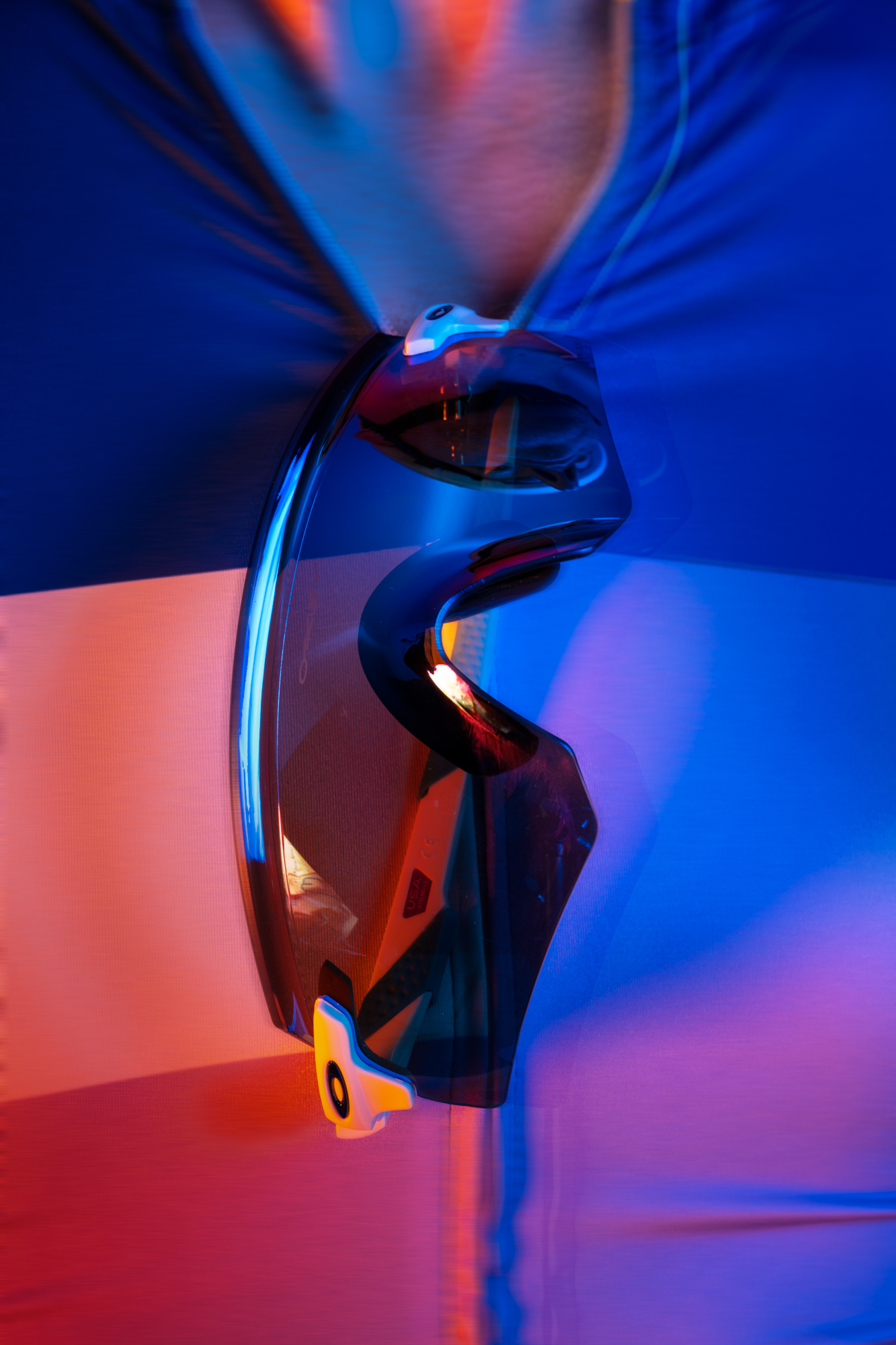







Oakley Endcoder
2022 photos: Stan Koolen
The Oakley Encoder is the sportier brother of the popular Kato and Kato X frames. And with tons of innovation packed into this frame, I was excited to finally get my hands on these glasses.
2022 photos: Stan Koolen
The Oakley Encoder is the sportier brother of the popular Kato and Kato X frames. And with tons of innovation packed into this frame, I was excited to finally get my hands on these glasses.
Released in February 2021, this frame sits within the new Kato line, sharing a similar design with the Kato and Kato X. For this review, I got my hands on a pair of (sample) Matte white and blue Oakley Encoder glasses with the Prizm Sapphire lens.
The Encoder has been marketed by Oakley as more of a multi-sport product, but nonetheless is said to have been designed with features such as helmet compatibility and low-profile ‘O-Matter’ temples in mind. For those not knowing what ‘O matter’ is. Oakley’s ‘O Matter ‘ is a patented Nylon composite used in sunglasses frames. ‘O Matter’ is simply the trademarked marketing term Oakley has come up with for the material. It's lightweight, durable, and can withstand heat and cold without becoming brittle.
You instantly notice the Encoder’s rimless design. At first glance, it seems like a modern update to the popular Radar line. The new Encoder glasses belong to the group of frameless sports performance models such as the EV Zero series and are therefore clearly different from the models with a more distinctive frame like the Jawbreaker and Sutro.
As for the Kato family, The biggest difference between the Encoder and Kato is the grippers/rubbers. The Encoder features large Unobtainium ear stems and nose pieces, similar to most other sports Oakleys. The other difference is that the Kato lens wraps in front of the nose, providing complete coverage, but the Encoder has a modern traditional cut out for the nose.



In the Encoders, Oakley has used what it calls ‘calibrated rigidity’ to stiffen the lens.That means the lens has been bulked up and bent outwards along the top edge and flared around the nose areas of the lens to create a stronger profile and therefore more stiffness as a result. It’s a brilliant approach to a common problem. Many frameless sunglasses lack stiffness and can bend substantially under pressure.
The encoder weighs 32g and the Prizm lens technology appears to make the sunglasses just as ideally suited for use on the bike as well as for other sports, like tennis, baseball, or running. The glasses come with three different, easy to exchange, sized nose pads that sit inside the lens, the fit can be individually optimized here, so the frame performs best for you. I tried all and settled on the wider-sized nose pad.
Test
I wore my Encoders during a few different rides and was never concerned with them slipping off. However, what did bother me is when you are riding aggressively “head down”, you might find that the brow obscures your forward vision, the brow isn't as transparent as it appears from the front. The warped shape around the nose does create some issues as well, especially when looking at your bike computer. Oakley has blocked off the curved portion of the lens around the nose with a rubber nose pad, which I found a little distraction as it was floating in and out of my attention, when noticed it felt like it was in the middle of the field of vision.
If you look closely at the lens and nose pad you’ll notice that it covers the distortion of the lens, that happens when bending the lens. Either way, there will always be something in the middle of the field of vision. I think it’s just something you’ll have to get used to, similar to how we can always see our nose if we concentrate on it.



The ventilation worked very well due to the frameless design. The brow at the top edge of the glasses increased the distance between the edge of the lens and the forehead. This ensures good ventilation. The distance in the area around the temples also contributes to good ventilation. In other words, I haven’t had any issues with the lens fogging up during my rides.
For this test, I rode with the Sapphire lens which has a 12% VLT and filter category of 3 and therefore very well suited for sunny conditions. The Prizm Sapphire lens looks fairly neutral on the inside, while the outside is more striking in terms of color. The Prizm lens technology is designed to enhance contrast and color, allowing more detail to be seen. Dull colors become 'warmer', resulting in improved color contrast. The sharpest and brightest colors are filtered for a better view.
Conclusion
